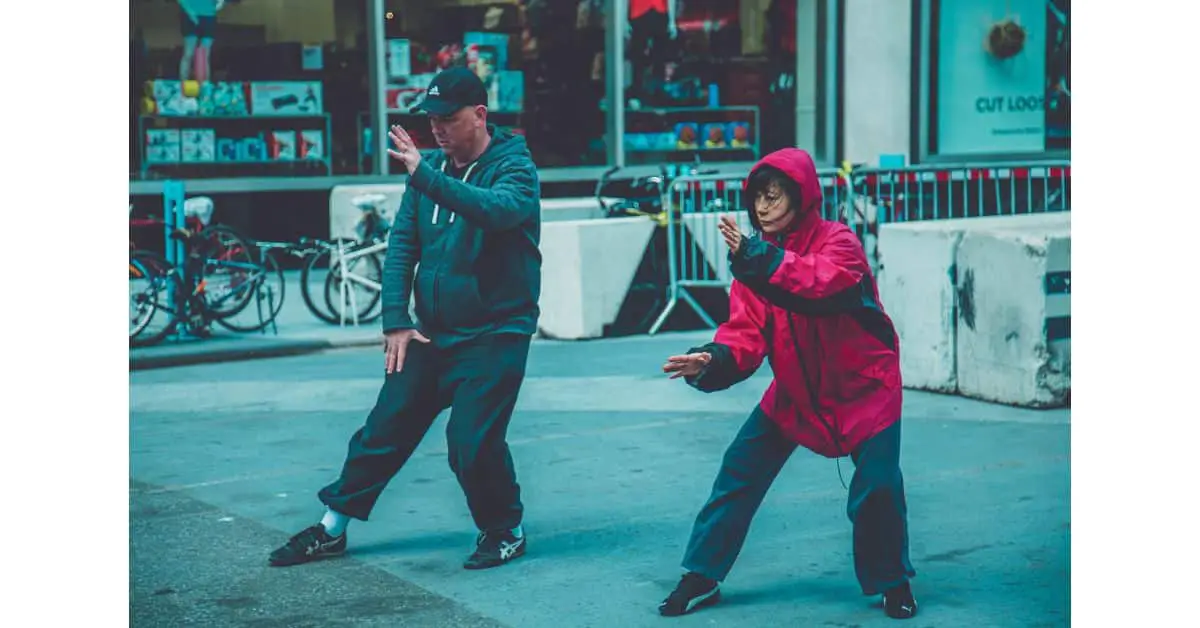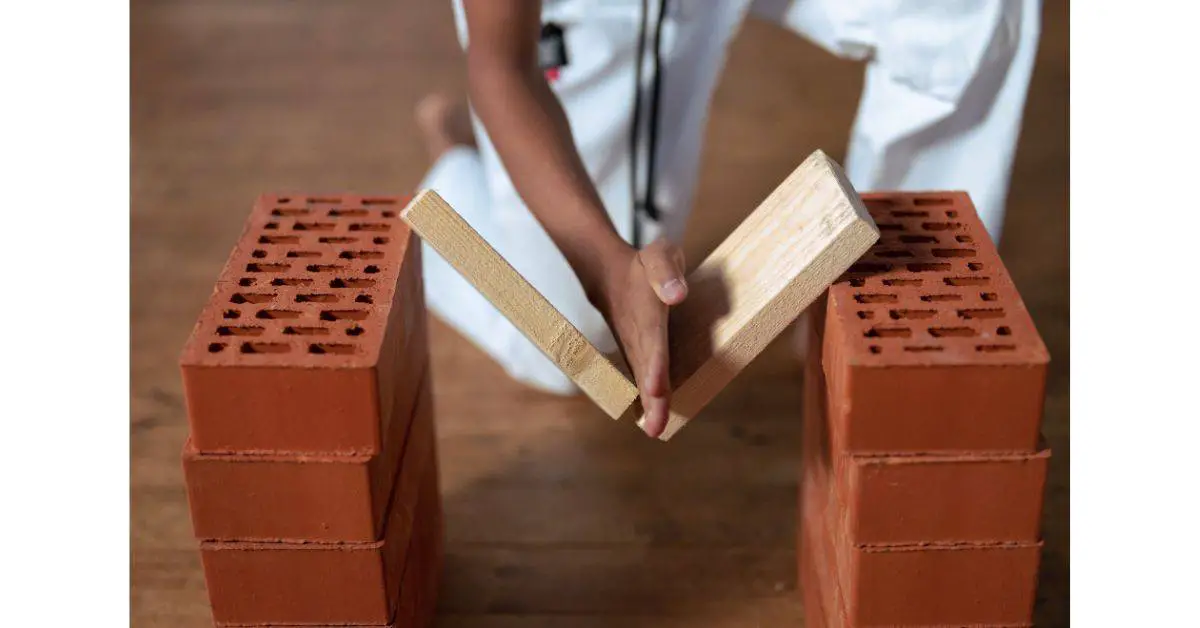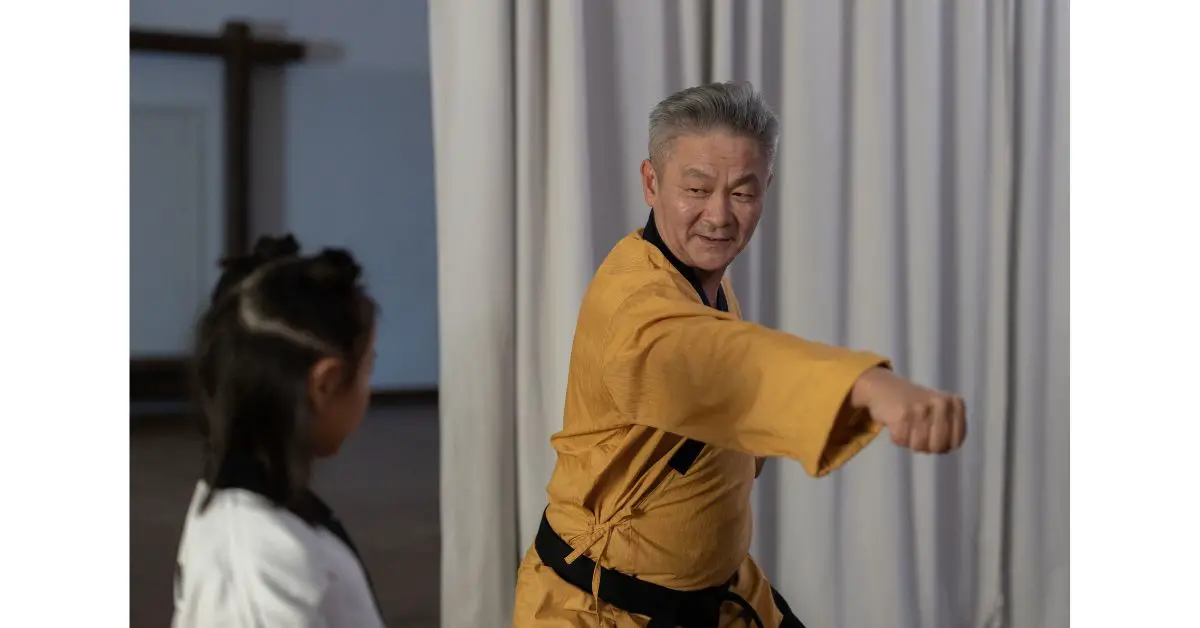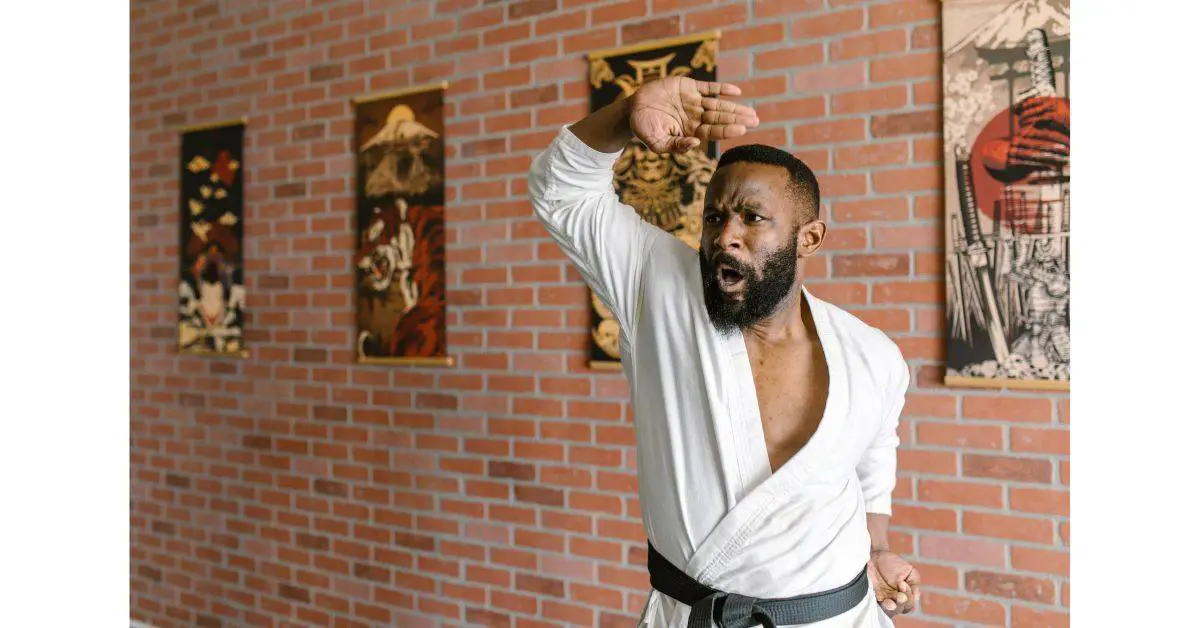Karate is one of the most popular martial arts in the world, but this is just a blanket term to describe the numerous styles that exist worldwide. Different Karateka masters have had disparate perceptions and expressions of the art, bringing about the development of diverse types. One of the most acclaimed styles of karate is the Shotokan and another one rising in demand is the Goju–Ryu.
More often than not, Goju-Ryu is considered more effective, dominant and practical in a real-time fight situation. However, Shotokan and Goju-Ryu are both representations of karate as a whole; therefore, from a technical standpoint, it is impossible to state which one is better.
Karate has four prominent styles: Shotokan Ryu, Shito Ryu, Goju-Ryu and Wado Ryu. This form the foundation of Karate as a martial art. All other styles that have been developed over the years are grounded on their principles.
Karate styles are idiosyncratic; thus, they cannot be easily analyzed using any feature. How these styles are interpreted depends on many factors such as history, characteristics, philosophy, founders, heritage, efficiency and speed. All these karate styles are effective depending on the reason they are practiced.
If you want to progress faster in karate, hold up. I highly recommend reading an article I wrote about valuable tips for karate white belts. However, they apply to every trainee, regardless of their belt color.
The differences between Goju-Ryu and Shotokan karate
Gichin Funakoshi founded karate in the 1400s, but gradually people pioneered the art to present karate differently. Nonprofessionals often mistake these two styles to look homogenous, but getting down to the nitty-gritty, it is evident that they are not.
Shotokan is distinctive for its wide stances, linear attacks and closed-hand techniques that provide power and stability. At the same time, Goju-Ryu integrates both open-hand circular and closed-hand linear methods.
Goju-Ryu includes both linear and circular movements in its training program, while Shotokan focuses on linear motions. Goju-Ryu blends both easy circular techniques of blocking, controlling the adversary and attacking such as grappling and rigid striking attacks such as kicks. Still, Shotokan includes anaerobic, robust techniques with speed and direct attacks using elbows, hands, knees and elbows.

Regarding their origin, Goju-Ryu has its foundation in Fujian White Crane and Naha te, while Shotokan was built based on Shorin-Ryu and Shorei-Ryu. Goju-Ryu gets most of its hereditament from Chinese martial arts; even so, Shotokan has minimal Chinese culture embedded in it.
Gichin Funakoshi, from a variety of martial arts, developed Shotokan in the 18th – 19th century. Funakoshi popularized Shotokan through a sequence of public demonstrations, pushing Shotokan to be inculcated in the education system and promoting the creation of karate clubs in schools and universities.
From 1950-1960, the media displayed TV shows and blockbuster movies on Shotokan, leading to the spread of its knowledge all over the world.
On the other hand, Chojun Miyagi, who trained under Higaonna Kanrayo, a famous martial artist with influence, developed Goju-Ryu. Although Goju-Ryu is not as renowned as Shotokan, due to the presence of the internet, people recognize it.
In philosophical terms, Miyagi thought that “the ultimate aim of karate-do was to build character, conquer human misery, and find spiritual freedom”, which is what he based Goju-Ryu on. In contrast, Funakoshi laid down “twenty precepts of karate” grounded on Zen and Bushido: the philosophy of Shotokan.
Which is more effective, Goju-Ryu or Shotokan karate?
Karate was initially developed as a form of self-defense; therefore, a style is only better if it is effective in a real-life fight situation. To assess which is better, we shall consider which of the two is more efficient in a fight.
Goju-Ryu is more effective than Shotokan because it combines open circular and closed linear techniques, as opposed to Shotokan, which only includes closed-hand linear techniques. Such techniques are less practical in real self-defense scenarios, so Shotokan is less effective.
Goju-Ryu is the best style for self-defense, as it has various advantages compared to Shotokan. Real-life street fights do not include large motions as portrayed in movies. Movies only portray techniques executed when training in dojos under controlled constraints.

Street fights involve untimely close-range combat and grappling. Keeping this in mind, long, wide stances taught in Shotokan are not favorable in a street fight.
Goju-Ryu Focuses on conditioning and body strengthening as fundamental approaches to fighting, unlike Shotokan. Goju-Ryu body training conditions the muscles, joints, bones and general body to take in strikes and hits. This enables the karateka to last longer in a fight, forming the foundation of a good fighter.
Goju-Ryu is better as it involves full-contact sparring. Full contact sparring occurs when two students spar against each other, continue absorbing the strikes, and blow their partner’s throws. This situation mimics the actual scenario of a fighting case that proves the efficiency of Goju-Ryu.
Protecting your wrists should be your top priority. So, if you do karate, regardless of the style, I highly recommend buying high-quality karate gloves. Follow the link to figure out which these are!
Should I learn Shotokan karate?
Learning any form of martial art is incredibly beneficial to any student. Shotokan, as a style, has its custom benefits according to its training curriculum.
You should learn Shotokan karate because it improves the student’s character development, as it is founded on the “twenty precepts of karate”, which include good values and virtues. Shotokan improves the physique, self-defense skills, and mental health of anyone who practices it.

Shotokan precepts of karate instill values such as patience, compassion, humility, respect and outward and inward tranquility. It also trains its learners to effectively apply the techniques learned through Bunkai, which involves sparring sessions with hypothetical adversaries.
Medical practitioners have also recommended martial arts to increase physical fitness, confidence, self-esteem, mental repose, and vulnerability. It is rare for one to acquire all these skills and values all at once; thus, learning Shotokan is a wise method to obtain all these skills at once.
Lastly, however, like any other sport, you may get injured doing Shotokan karate. Specifically, this study, Lastly, showcases the rate of injuries amongst its trainees. Here’s the conclusion:
The overall rate of injury was 0.09 per bout and 0.13 per competitor. 91 (57%) injuries were to the head.
Should I Learn Goju-Ryu?
In as much as all martial arts are substantially advantageous, some are more non-theoretical than others in real fight situations.
You should learn Goju-Ryu because it teaches highly functional and non-theoretical techniques for self-defense, as it involves full contact sparring. In addition to its mental and physical benefits, Goju-Ryu also decreases fear of combat through explosive exercises and confidence in one’s ability to disable and harm the rival.
Goju-Ryu amalgamates both soft and hard styles. This is evident during blocking; the body is delicate while inhaling, and striking the body is tough while exhaling. The doctrine refers not only to combat, but also to life as a whole. Goju-Ryu trains the student to be able to navigate the variations of life by being soft and hard when necessary.
Goju-Ryu incorporates the “Sanchin” that involves motion meditation in an effort to unite the soul, spirit and mind to bring about a stable dome and body. Also, its training involves body conditioning and strengthening, which has immense benefits to the general body wellness of a student.
Miyagi highlighted the significance of “cultivating intellect before strength.” This focuses on coaching the mind rather than strength training.
Final Words
Conclusively, it is impossible to judge these two styles by just one aspect, as they are both unique in their own way. Both are effective, functional and highly beneficial to those who take up their training.
The question of which of the two one should learn depends on many factors, not only the ones listed in this article. A factor such as which of the two styles is available in a training school near you should be considered when making this decision.
Regardless of the choice of style, embark on the journey, learn karate and marvel at the benefits the martial art comes with.
If you enjoyed reading this article, I highly recommend you also read about Karate’s belt order. Knowing this information—is a must if you want to study karate.

